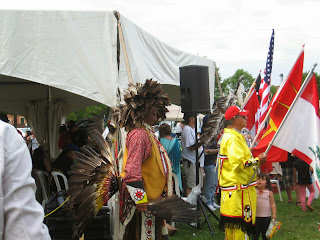 OK, where did most of December go? It's time I posted a few holiday photos before they look completely out of place and time.
OK, where did most of December go? It's time I posted a few holiday photos before they look completely out of place and time.We feel most fortunate this year to have had both our sons, their wonderful brides, and one grandson together in Jacksonville. Although 2013 has not been trouble free for us and our loved ones, we have a great deal to be thankful for. We celebrated Christmas with true gratitude to God for the gift of God-with-us. I hope this Christmas was meaningful for all readers who mark the Christmas season. For others, I wish you holiday season joy and peace and a wonderful, surprising (in a good
way) New Year.
As a cloudy afternoon sky darkens toward approaching sunset, I'll leave you with views of our front yard display. Nothing fancy, just simple symbols of the joy of Christmas and a wreath to welcome all inside.
Question of the day: What is one hope you hold for 2014--small and simple, or bold and large--personal or beyond?




































































